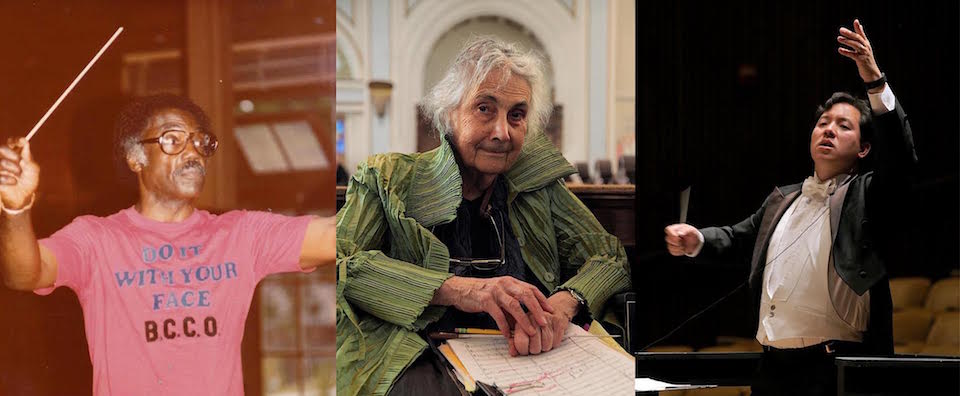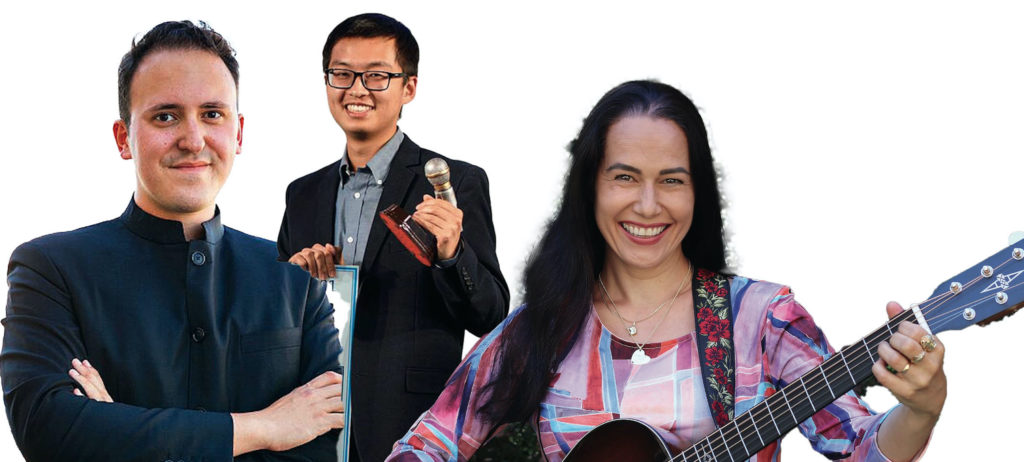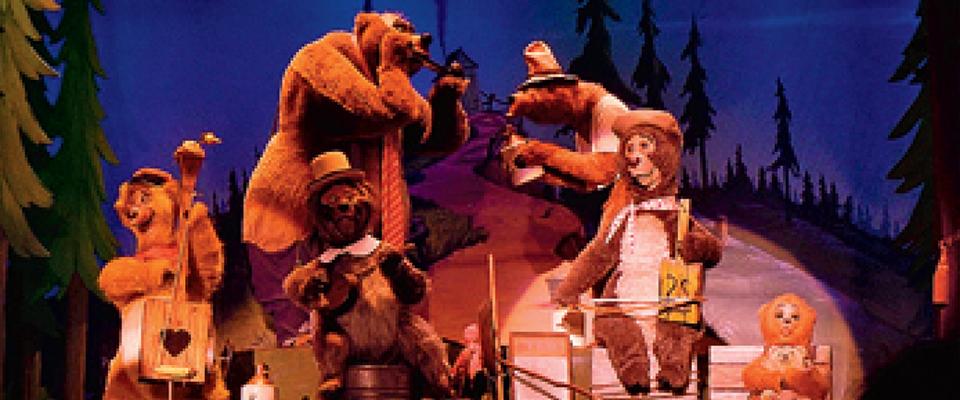Almost two decades after graduating, a group of 2002 UC Berkeley alums received an email from their old music professor. Would they like to get together again—at least, virtually—to create a video that might give people comfort during the pandemic? Nineteen of them responded with an enthusiastic “yes!”
It was April, and Marika Kuzma, professor of music emerita and director of the University Chorus and Chamber Chorus from 1990 until 2016, knew that the coronavirus would continue to prevent choirs from congregating—perhaps indefinitely.
“The news was dire for choirs, which probably won’t be able to meet for quite a while,” says Kuzma. “I felt so sad for the singers and choral directors I know and love, and I myself have missed the feeling of sound in my hands, the feeling of breathing together.”
“To replicate the feeling of being in the same space and breathing together is hard, particularly for music like Brahms, where the tempo needs to be plastic, not ruled by a click-track, and needs to have beautiful swells, crescendos, and decrescendos.”
But she’d seen some “virtual choirs” experimenting with the new, digital-only stage and wondered if she could do the same.

“I recalled a beautiful piece by Brahms that the Chamber Chorus and I recorded back in 2002 at Skywalker Studios in Marin,” Kuzma says. “The song, ‘Waldesnacht’ (Forest Night), is about the healing beauty of nature: how when we go to the forest at night, the rustling wind and songs of the owls and nightingales give us calm. The music itself breathes such comfort. So I reached out to the singers who were in this recording in 2002. Some of them I hadn’t been in touch with in over 15 years.”
But two singers were missing. “When I looked at the list of singers on the original CD, I realized that two of them, Aletha Shelby Nel and Bert Hiscock, had since passed, each several years ago and each quite tragically. They were much beloved singers, and it felt poignant for us to remember them and offer them our love and say goodbye in song. As is true of so many projects, it took on more meaning with time. Our video is dedicated in part to them, to nature, and to a more harmonious world.”
This became even more poignant in the coming months. “When June came—George Floyd’s murder and the Black Lives Matter protests—there was yet another context. The singers and I wanted to make a nod to this very moment as well. We conferred as to the timing of the release. Summer Solstice felt right.”
Recording and editing the video wasn’t easy. While virtual choir recordings abound, Kuzma says, “to replicate the feeling of being in the same space and breathing together is hard, particularly for music like Brahms, where the tempo needs to be plastic, not ruled by a click-track, and needs to have beautiful swells, crescendos, and decrescendos.”
Fortunately the singers had access to the original tape, so they, as Kuzma puts it, “had the earlier recording in their vocal memory and in their ears.”

For technical help, she turned to alum Mike Azevedo, a film editor and, according to Kuzma, “a really good tenor!”
“Because we weren’t able to sing in the same room together—we’re living in a time when choral singing is one of the most dangerous things you can do—we all had to record separately,” says Azevedo, whose film credits include Birds of Prey, A Star is Born, American Hustle, and Silver Linings Playbook. We sent a video of her conducting along with the original recording to all the singers. They watched the video, listened to the recording on their earphones, and sang along. Then they sent their completed takes back to us.” Finally, they worked together to mix the voices, section by section, then across the entire choir.
“The most important part was making this a cohesive sound. Marika has this piece in her bones, and she knows exactly how she wants it to go. I’d make an initial pass, and she’d make notes. We’d have phone conversations where I’d play things for her, or do it on Zoom, and she’d give me more notes over the phone. It was a long process, but I feel proud of the work that Marika and I did together.”
Some of the singers found it easy, like baritone Carson Mah, who knocked off his part in an hour, with a little help from his son, who handled all the technical stuff. Others, like tenor Bjorn Poonen, now a professor at M.I.T., found singing in a vacuum a bit daunting.
“It’s harder than singing in person. In a chorus you can react to each other and adjust simultaneously. Here, you’re just by yourself with a recording. The real trick is the timing.”
Axel Van Chee, who, among other things, has the distinction of recording the bass solos in Handel’s Messiah in Mandarin Chinese, says, “My recording took me two and a half hours just to do five minutes. I wanted it to be up to Marika’s standards.”
One thing is certain: they’re all glad they did it.
“It was nostalgic, like we were all back in time again,” says Van Chee. “Especially the way Marika framed the project. She framed it as a dedication to the two folks who were part of the team. So that changed the context a little bit. Otherwise, it could have been any old choral team doing a video during COVID because of social distancing.”
But the last word goes, of course, to Kuzma. “For me, this was such a blessing to be in touch with the singers again and to get to know their voices and spirits again, however remotely. Each of them has a beautiful voice and heart. I knew those voices well back in 2002 and am proud to know those voices and those beautiful human beings again now.”





















